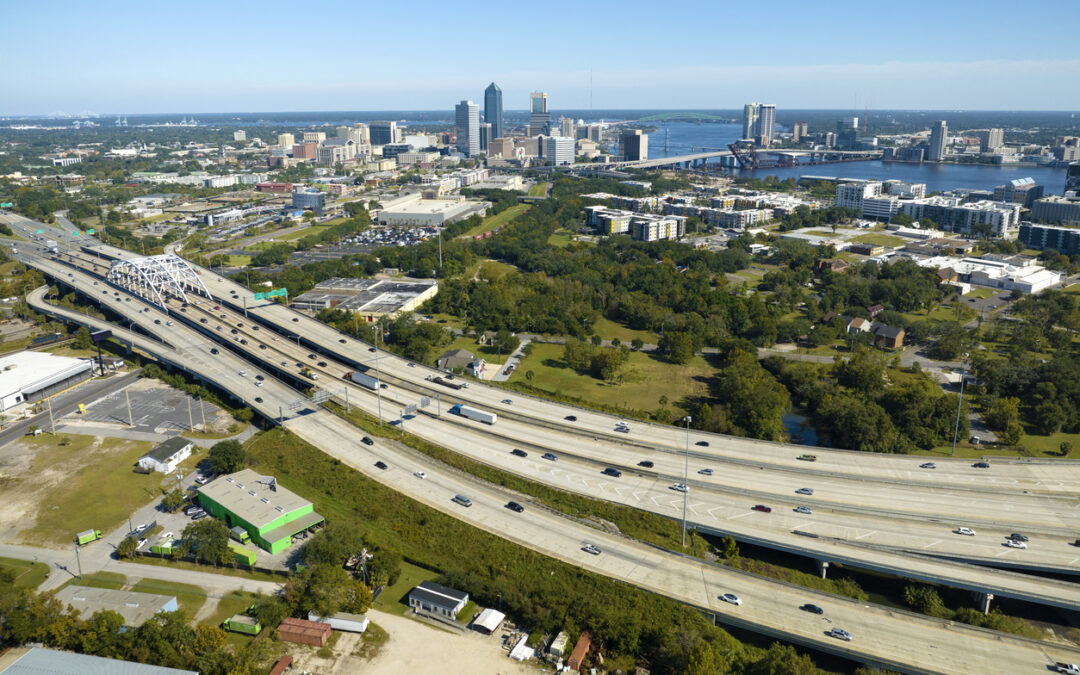In the face of an evolving climate, increasing urbanization, and the growing frequency of natural disasters, the need for resilient infrastructure has become paramount. Resilience goes beyond merely withstanding shocks; it involves adapting, recovering, and thriving in the face of adversity. This blog delves into the critical realm of infrastructure resilience, exploring diverse strategies that not only fortify against immediate challenges but also contribute to long-term sustainability.
Understanding Infrastructure Resilience
Infrastructure resilience refers to a system’s ability to anticipate, prepare for, respond to, and recover from adverse events. It involves creating structures and networks that can absorb shocks, adapt to changing conditions, and continue functioning efficiently. To achieve this, a multi-faceted approach is necessary, encompassing innovative design principles, integration of green infrastructure, and robust community engagement.
Innovative Design Concepts
Flexible and Adaptable Design
One key aspect of resilient infrastructure is flexibility in design. Structures should be adaptable to changing conditions, whether it’s extreme weather events, shifts in population, or advancements in technology. Adopting modular designs that can be easily modified or expanded allows infrastructure to evolve with the community’s needs.
Smart Infrastructure
The integration of smart technologies enhances resilience by providing real-time data on the state of infrastructure. Sensors, data analytics, and predictive modeling contribute to early detection of potential issues, allowing for proactive maintenance and reducing the impact of unexpected events.
Climate-Resilient Design
With climate change posing significant challenges, infrastructure must be designed to withstand changing climatic conditions. This includes elevated sea levels, increased temperatures, and more frequent and severe weather events. Climate-resilient design incorporates these considerations into the planning and construction phases.
Green Infrastructure Solutions
Natural Water Management Systems
Traditional stormwater management often involves concrete channels and drainage systems. Green infrastructure promotes the use of natural water management solutions, such as permeable pavements, green roofs, and rain gardens. These not only mitigate flooding but also contribute to improved water quality and enhanced biodiversity.
Urban Greening
Increasing green spaces within urban areas has multiple benefits for infrastructure resilience. Trees and vegetation provide shade, reducing the urban heat island effect. Additionally, green spaces act as natural buffers, absorbing excess water during heavy rainfall and preventing soil erosion.
Biodiverse Landscaping
Embracing biodiversity in landscaping contributes to ecosystem health and resilience. Planting a diverse range of native species promotes ecological balance, enhances soil stability, and attracts pollinators. This interconnectedness supports overall environmental sustainability.
Community Engagement Strategies
Community-Centric Planning
Infrastructure resilience is most effective when it aligns with the needs and priorities of the community it serves. Engaging local residents in the planning process ensures that infrastructure solutions are contextually relevant and supported by the people who rely on them.
Public Awareness and Education
Building resilience requires an informed and prepared community. Public awareness campaigns and educational initiatives help residents understand the importance of resilience, emergency preparedness, and their role in maintaining and supporting resilient infrastructure.
Participatory Design
Involve the community in the design process to incorporate their insights, experiences, and local knowledge. This participatory approach not only leads to more effective solutions but also fosters a sense of ownership and responsibility among community members.
Case Studies in Resilient Infrastructure
The Big U, New York City
The Big U is a visionary project that aims to protect Lower Manhattan from future storm surges. It combines infrastructure upgrades with public spaces, creating a protective barrier that also serves as a community asset. The design integrates flood protection measures seamlessly into the urban fabric, showcasing how resilient infrastructure can enhance the quality of life.
Singapore’s Integrated Water Management
Singapore has become a global example in water management. Through a combination of natural and engineered solutions, Singapore ensures a sustainable water supply. Reservoirs, green roofs, and water recycling systems are integral parts of a comprehensive strategy that emphasizes resilience in the face of water scarcity and climate change.
Portland’s Sustainable Transportation
Portland, Oregon, emphasizes sustainable and resilient transportation infrastructure. The city’s focus on pedestrian-friendly designs, cycling infrastructure, and efficient public transportation not only reduces carbon emissions but also enhances community resilience by providing alternative modes of transportation during emergencies.
Navigating the Future with Resilience
Building infrastructure resilience is not just a necessity; it’s an opportunity to create sustainable, adaptable, and community-centric spaces. By embracing innovative design concepts, integrating green infrastructure solutions, and fostering community engagement, cities and regions can navigate the challenges of the future with resilience and foresight. The case studies mentioned exemplify that resilient infrastructure is not just a theoretical concept but a tangible and transformative approach to building a sustainable future. As we advance into an era of unprecedented challenges, investing in resilient infrastructure is an investment in the long-term well-being and sustainability of our communities.
Disaster Recovery and Resilience Consulting
Even with robust infrastructure resilience strategies in place, unforeseen disasters or disruptions can still pose significant challenges for organizations. Natural disasters can disrupt even the most well-prepared systems, necessitating the expertise of disaster recovery consulting services. While infrastructure resilience focuses on preventive measures, disaster recovery consulting ensures organizations have effective plans for response and recovery when these preventive measures are not enough.
D.A. Lamont Consulting Services plays a crucial role in this landscape, offering specialized support to navigate the complexities of disaster recovery. Our consultants bring a wealth of experience in government, infrastructure, insurance, emergency management, sustainability, and resiliency. We understand that even the most resilient systems can face unexpected challenges, and our tailored solutions are designed to address the unique needs of organizations during the recovery process.
Our expertise extends beyond immediate recovery efforts, encompassing comprehensive services such as project formulation, cost estimation, project validation, appeals, audits, and grant closeouts. We guide organizations in maximizing funding opportunities, leveraging our extensive knowledge of diverse funding sources. By collaborating with us, organizations can ensure a prompt and effective response to emergencies, minimize vulnerabilities, and optimize their long-term resilience in the face of unpredictable events. Contact us to learn more.

